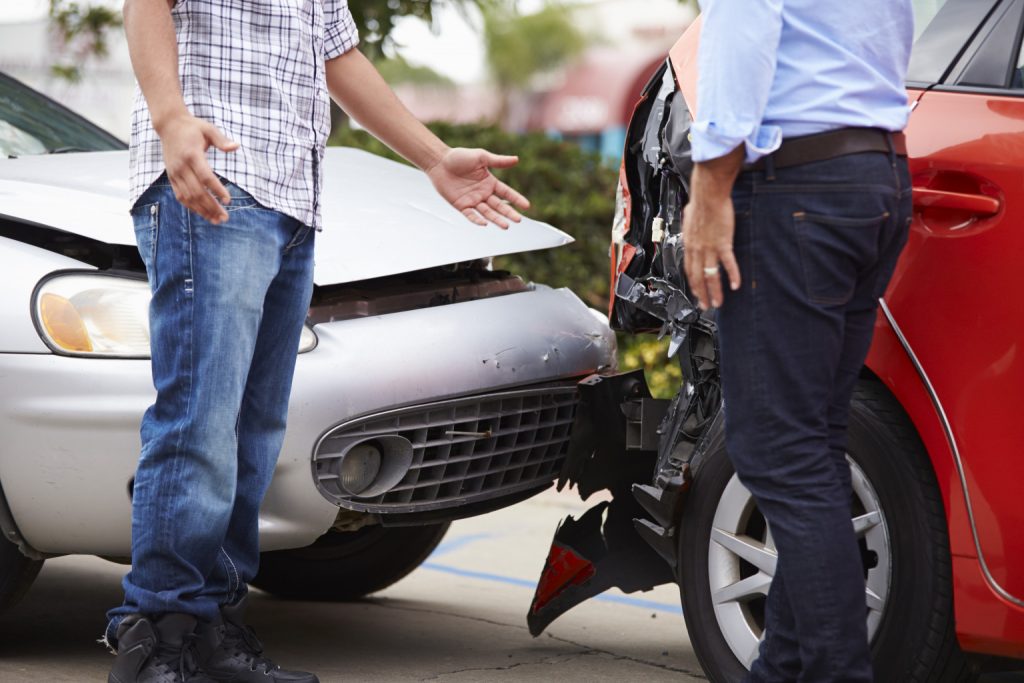Unlike the handful of no-fault insurance states that require accident victims to file claims against their own auto insurance, in Missouri, it matters who caused the car accident when an injury victim seeks compensation. Missouri’s car accident claim laws function under a pure comparative negligence system. While many states use a modified comparative negligence system that only allows a victim to recover damages if they are less than 50% at fault, Missouri is one of only eight states with pure comparative negligence laws that allow victims to recover a portion of their damages even if they were 99% at fault for an accident. This system can work to an accident victim’s advantage in some cases, but it also incentivizes insurance companies to assign injury victims an undue percentage of fault to minimize the amount of a payout on a claim. Read on to learn how the state’s pure comparative negligence insurance laws can impact a claim for damages after a car accident.

What is Comparative Negligence in Insurance Laws?
Comparative negligence is also known as contributory fault laws because the amount of compensation an injury victim may recover depends on how much they contributed to the accident. States with comparitive negligence laws compare each driver’s level of fault in the accident and allow them to recover compensation minus their percentage of fault.
Missouri Law 537.765 states the following:
“Any fault chargeable to the plaintiff shall diminish proportionately the amount awarded as compensatory damages but shall not bar recovery.”
For example, if one driver approaches a yellow light and drives through the intersection after the light turns red and collides with a car already in the intersection, they’d seem to be entirely at fault for the accident. However, what if the driver in the intersection was traveling ten miles per hour over the speed limit when the accident occurred and otherwise they may have been able to stop in time to avoid the collision? After an investigation, an insurance company might find the driver who ran the red light as 80% at fault and the speeding driver 20% at fault, asserting that both drivers contributed to the crash. In this example, if both drivers were injured and each had $100,000 in damages, one could recover $80,000 from the other driver’s insurance and the other would recover $20,000.
Insurance Companies and Comparative Negligence Laws in Missouri
After a car accident, insurance companies typically assign adjusters to a case whose job it is to investigate the accident—typically with the priority of protecting company profits by finding ways to minimize the payout on a claim. Often, this means assigning an undue level of fault to a driver with a claim for property damage and injury expenses. It takes an experienced St. Louis car accident attorney to perform an investigation on behalf of a car accident injury victim to protect their rights. A skilled attorney examines the police report, deposes eyewitnesses, examines any available photos or videos, and consults with accident reconstruction experts to craft a compelling case against the party at fault in an accident. This maximizes the amount of compensatory damages available to the accident victim and allows the injury attorney to negotiate the largest possible settlement for their client under Missouri’s pure comparative negligence laws.

